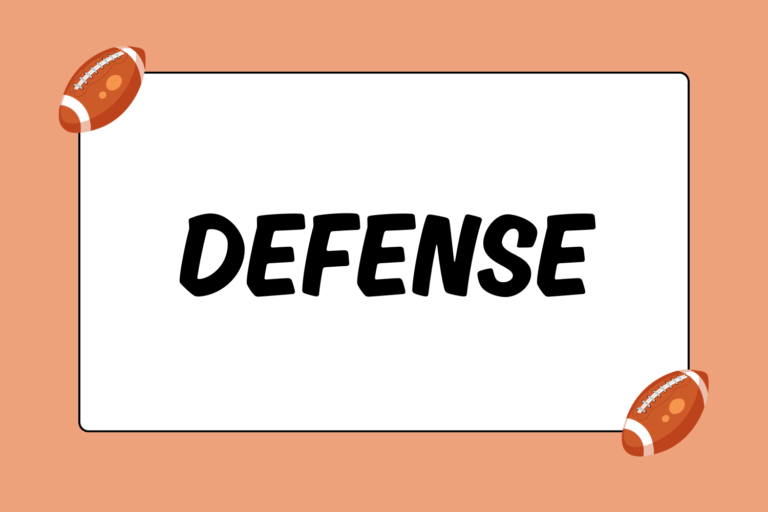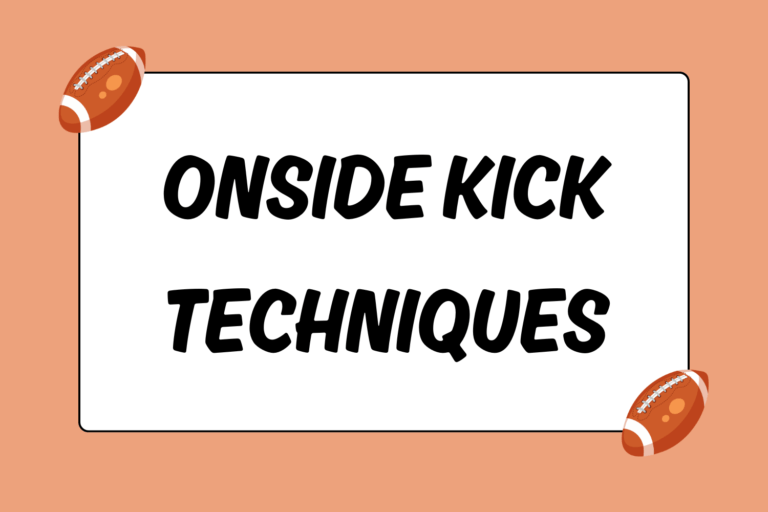Most people in the United States have at least a vague idea about what goes on during a football game. But beyond understanding that two opposing teams are trying to score points while many heavy collisions occur, the game can be a bit confusing to those unfamiliar with it. This guide introduces the game of football by identifying the most important structural elements, and then explaining how each of them helps to create the overall framework of a football game.
The Main Pieces
Believe it or not, football is a pretty simple game. Most of the confusion — and the reason many people perceive it as difficult to grasp — comes from the strategic side of the game. However, even the most complex strategy doesn’t change the basic simplicity of football, nor does it need to detract from your enjoyment of the sport. The next step is to familiarize yourself with the core elements of the game, which are laid out below.
The Coin Flip
Though it only occurs once a game (unless it goes into overtime), the coin flip that takes place prior to kickoff is one of the most crucial parts of the game. This is because the toss is used to decide how both halves of the game start; specifically, which team kicks the ball away and which team receives it. Here’s a breakdown of how the coin flip works:
- A few minutes before the game is set to start, captains from both teams meet the referee at mid-field.
- The referee shows both sides of the coin, clearly indicating which side is ‘heads’ and which is ‘tails.’
- The ‘away’ team calls heads or tails before the coin is flipped. If they choose the side that comes up, they win the toss; if not, the home team wins.
- The winning team will then choose to kick the ball off first, receive the ball first, or pick one end zone to defend.
After kickoff, the kicking team then becomes the defensive team, and the receiving team becomes the offense. Whichever team kicks off to start the first half always receives the kickoff that starts the second half.
The Series of Downs
Once the offensive and defensive teams have been established, normal gameplay can begin. In order to make the game progress, the rules of football mandate that the offense has four attempts to either score points or gain 10 yards. These attempts are referred to as ‘downs,’ and are assigned a number based on their order in the series (first down, second down, etc.). Every time 10 yards is gained, the offense gets a new set of four downs.
If the offense scores points, normal gameplay is paused for a PAT or kickoff, depending on how the points were scored (more on that later). However, if the offense fails to gain 10 yards or score points after four downs, possession of the ball automatically gets transferred to the other team. That team becomes the offense, gets its own brand new set of downs, and will start trying to advance the ball from the spot where the other team’s last play stopped.
Transferring Possession of the Ball
The rules of the game also explain what happens when one team is required to give the ball over to the other team. This happens in one of three ways:
- Touchdown or field goal: Any time the offense scores points, they kick the ball off to the other team to restart the game.
- Turnover on downs: If the offense uses all four downs and does not gain 10 yards or score points, the offensive team becomes the defense and vice versa. The new offense takes over at the spot where the most recent play ended.
- Punt: If the offensive team is struggling to advance the ball after three downs, they can use the last one in the series to punt the ball away rather than run another normal play. The offense will only do this if they don’t believe they will be successful enough with that last remaining play to either score or get a new set of downs.
Of course, the most preferable reason for having to give up possession of the ball is because your team just scored a touchdown. Unfortunately, not every drive ends in points, and teams end up punting on a regular basis.
Hot Tip: Play the Odds
The reason teams frequently punt on fourth down instead of running another play comes down to odds. When electing to punt, the offense is basically admitting that their chances of success on the last down are low. In these situations, it’s smarter to punt instead of ‘going for it’ (a term used to refer to running a normal play on fourth down). Punting means conceding possession in favor of field position; when you punt, it pushes the opponent’s starting position back so they have more ground to cover in order to score.
The Scoring System
To win a football game, you must have more points than the other team by the end of the game. There are several different ways to gain points, some of which are even possible on defense. Here’s the list of ways that points can be earned:
- Touchdown: The most sought-after type of score is the touchdown, for the simple reason that it yields six points, the highest number of points possible for one score. A touchdown is awarded when one player carries the ball into the opposing team’s end zone. Anyone on the field — offense or defense — can score a touchdown.
- The try: Commonly referred to as the extra point or PAT, the try is like a bonus awarded when one team scores a touchdown. The scoring team has two options for the try:
- Kick an extra point: The scoring team can attempt to placekick the ball through the uprights for one additional point.
- Go for a two-point conversion: The scoring team can run another normal play; if they make it into the other team’s end zone, it’s worth two additional points.
- Safety: When the ball carrier gets tackled in his own end zone, the defensive team is awarded two points for a safety. To make matters worse, the offensive team must then kick the ball off to the defensive team (usually the team that scores points has to kick off to the other team).
Again, the offense wants to score a touchdown every time they’re on the field, but of course it doesn’t always happen. Likewise, the defense would enjoy getting a safety during each series, but safeties are even rarer than touchdowns.
Keeping Time
Time plays an important role in structuring a football game; specifically, it impacts the game in two ways. The first way is the game clock, which measures the overall time of a football game. While games at younger levels are slightly shorter, a game at the collegiate and professional levels lasts for 60 minutes. The game is broken down into two halves, which are further broken into 15-minute quarters. There is a break between the first and second halves of a game, commonly referred to as halftime.
The second way time impacts a football game is on a much smaller scale, but it’s no less important. Separate from the game clock is the play clock, which enforces the amount of time the offense has to execute one play. The play clock lasts for 40 seconds, and resets after every play. If the offense does not execute a play before the play clock ends, the referee will call a delay of game penalty.
Practice Makes Perfect
It takes time to become acclimated with all the different parts of the game. It’s one thing to read about the structure of a football game, and another experience altogether to see it played out on the field. The more you interact with football, the easier it will be to understand what’s going on.





